Biography
He was the son of a country doctor and began painting and drawing as a teenager. The works that survive from this period indicate that he was originally a Realist. He studied decorative painting in secondary school, followed by lessons at the Gewerbeschule (vocational school) in Basel. He was then apprenticed to firms in Basel and Bern.
He studied at the Academy of Fine Arts, Munich under the landscape painter, Karl Raupp. From 1900 to 1928, he earned his living as a decorative painter and eventually became the co-owner of a painting company. Much of his work consisted of frescoes for public buildings and churches.
In the 1920s, he became involved in municipal politics in Biel. After 1928, he held several offices related to infrastructure and planning; notably with the Verkehrsbetriebe Biel (transport agency).
After graduating from the Academy, his work consisted largely of landscapes and still-lifes. Later, he became more focused on portraits, especially those of people from the rural population. In the 1940s, he did a series of portraits depicting Spahis (foreign legion soldiers), who had escaped from captivity in Germany and fled to Switzerland for refuge. They were among his last paintings, as he was seriously ill at the time.
During his lifetime, little attention was paid to his work, by professional artists or the public. No exhibitions were held. Most of his known paintings are in private collections, although some may be seen at the NMB Neues Museum Biel [ de ].
He was also an author and published numerous short stories. Many have strange subject matter and he was known for his public readings of them.
Records of his life and work are difficult to come by. Obituaries make only passing reference to his artistic work. In contrast, his few surviving personal letters place great emphasis on it.
During the winter of 2017/18, a collection of thirty-two paintings and numerous sketches were displayed at the Dounan Art Museum in Kunming, China.

Jean-Édouard Vuillard was a French painter, decorative artist, and printmaker. From 1891 through 1900, Vuillard was a prominent member of the avant garde artistic group Les Nabis, creating paintings that assembled areas of pure color. His interior scenes, influenced by Japanese prints, explored the spatial effects of flattened planes of color, pattern, and form. As a decorative artist, Vuillard painted theater sets, panels for interior decoration, and designed plates and stained glass. After 1900, when the Nabis broke up, Vuillard adopted a more realistic style, approaching landscapes and interiors with greater detail and vivid colors. In the 1920s and 1930s, he painted portraits of prominent figures in French industry and the arts in their familiar settings.
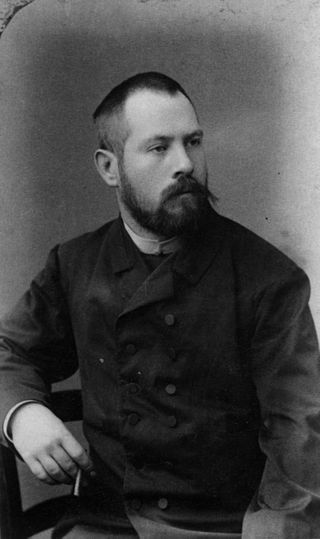
Lovis Corinth was a German artist and writer whose mature work as a painter and printmaker realized a synthesis of impressionism and expressionism.

Paul-Albert Besnard was a French painter and printmaker.

Ludwig Michael Schwanthaler, later ennobled as Ritter von Schwanthaler, was a German sculptor who taught at the Academy of Fine Arts, Munich.
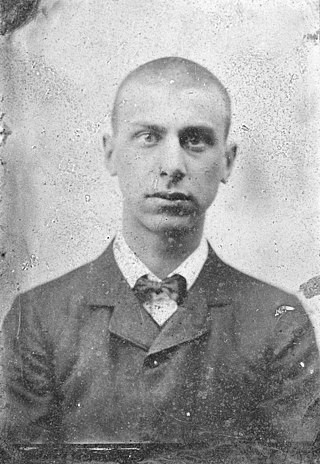
Richard Gerstl was an Austrian painter and draughtsman known for his expressive psychologically insightful portraits, his lack of critical acclaim during his lifetime, and his affair with the wife of Arnold Schoenberg, which led to his suicide.
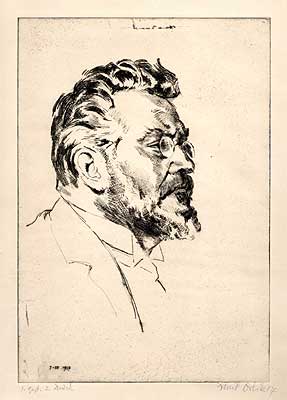
Max Slevogt was a German Impressionist painter and illustrator, best known for his landscapes. He was, together with Lovis Corinth and Max Liebermann, one of the foremost representatives in Germany of the plein air style.
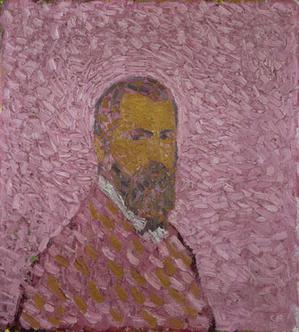
Cuno Amiet was a Swiss painter, illustrator, graphic artist and sculptor. As the first Swiss painter to give precedence to colour in composition, he was a pioneer of modern art in Switzerland.

István Réti was a Hungarian painter, professor, art historian and leading member, as well as a founder and theoretician, of the Nagybánya artists' colony, located in what is present-day Baia Mare, Romania. In addition, he served as president of the Hungarian University of Fine Arts (1927–1931) and (1932–1935).
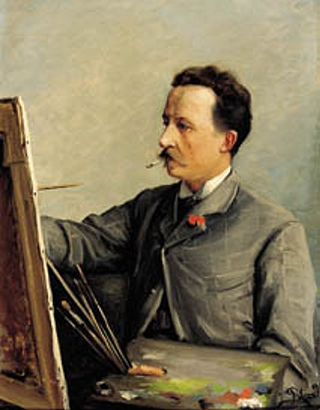
Peder Mørk Mønsted was a Danish realist painter. He is best known for his landscape paintings in a realistic style. His favorite motifs include snowy winter landscapes, still water and forests.

Fritz Cäsar Baumann was a Swiss painter who worked primarily in the Expressionist and Cubist styles. Preoccupation with caricature, textile and pottery, puppet theater and book illustration.

Menci Clement Crnčić was a Croatian painter, printmaker, teacher and museum director. He studied painting and drawing in Vienna and Munich, and trained in graphic arts in Vienna, studying etching and engraving. He was the first artist in the Croatian graphic tradition to abandon a strictly linear style and use tonal variation to create contrasting areas of light and shade.
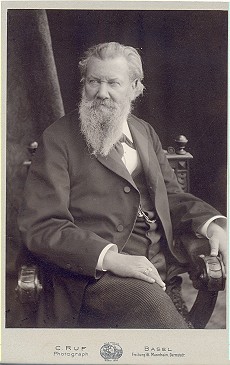
Ernst Stückelberg was a Swiss painter native to Basel, born to a family that traced its connection to the city back to the 14th century.
Jerolim Miše, was a Croatian painter, teacher, and art critic. He painted portraits, still lifes and landscapes of his native Dalmatia. A member of the Group of Three, Group of Four, and the Independent Group of Artists.
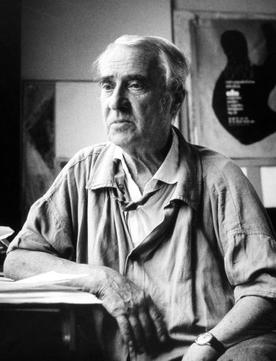
Marino Tartaglia was a Croatian painter and art teacher, for many years a professor at the Academy of Fine Arts, Zagreb.
Zlatko Šulentić was a Croatian painter of landscapes and portraits.

Emíl Wíesel – a painter, museum curator and a board member of the Imperial Academy of Arts, Russia, organizer of international art exhibitions, councilor of Hermitage and Russian museum and Legion of Honor holder. During soviet times he was an expert in Russian and Western fine arts and sculpture in the Glavnauka museum department.

Karl Aegerter was a prolific Swiss painter, draftsman, etcher, muralist, illustrator, designer and sculptor. Now in numerous private and public collections, Aegerter's works are often likened to those of Edvard Munch.
Vilko Gecan was a Croatian painter, influential in the Zagreb modern art scene of the 1920s and 1930s. He is best known for his expressionist paintings and drawings, and for his contributions to the local avantgarde magazine Zenit. He showed his work in many solo and group exhibitions in Croatia and abroad. In the Zagreb Spring Salon of the 1920s, he participated with Milivoj Uzelac, Marijan Trepše and Vladimir Varlaj, who together were known as the "Group of Four" or "The Prague Four". Trained in Prague, works of these young painters brought new expressionist ideas that went on to dominate the 1920s Croatian art scene.
Karl Friedrich Lippmann was a German painter of the New Objectivity, known for landscapes and portraits.

Elimar Ulrich Bruno Piglhein was a German sculptor and painter. He was a founder and first President of the Munich Secession.

















